
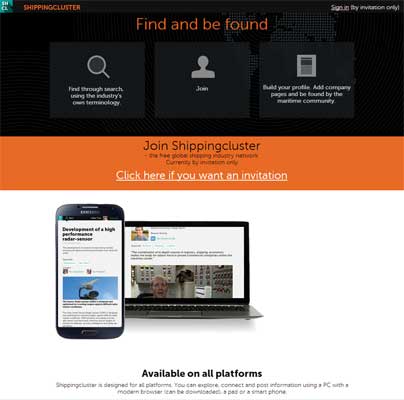 The shipping industry is largely based on networking. Surprisingly, it has not had its own social media platform - until now.
The shipping industry is largely based on networking. Surprisingly, it has not had its own social media platform - until now.
Brokers, owners, crews, agents, educational institutions and others confined to Google to locate businesses, services and people within their industry, have something to get excited about, says Eirik Fosse, CEO and founder behind the Norwegian developed social network Shippingcluster.
"Shippingcluster is a social network exclusively for the global shipping industry, eliminating all unrelated noise, making people and business easy to find and be found," he says.
The service is free and members will collaborate to keep it highly relevant for shipping business.
The shipping industry is the world's most international business. In Norway alone, the industry creates an annual value worth 150 billion NOK, and employs over 100,000 people.
The potential shipping-specific network is huge
Likened to Facebook and LinkedIn, Shippingcluster as an online social networking website, has a huge future potential, believes Fosse.
The social media is here to stay. Why? Because its is efficient. But it has its disadvantages as , according to Fosse, "general networks are too broad."
"Focusing on specific business sectors, such as shipping, eliminates noise and increasesuser relevance, " says Fosse, referring to Shippingcluster as a maritime combination of Finn.no (an equivalent of Norwegian Ebay) and LinkedIn.
To make it happen, Fosse is teaming up with shipping and IT experts, bringing vast xperience and know-how to the table.
"We are a specialist industry with its own terminology and specific networking criteria. Industry know-how is therefore crucial in order to succeed within industry-specific social media," he predicts.
The ability to continously develop intuitive and technologically advanced web design is another prime asset. Industry-specific social networks must be as intuitive and user-friendly as the best internet services.
"IT-systems that require introduction courses in order to be used, are no longer acceptable. The site must be very simple and efficient, yet flexible," he says.
As the membership base grows, Shippingcluster will add new and effective maritime services to its members, such as CO2 reporting, vessel performance, benchmarking and port calls .
"The realization of network-dependent services will provide enormous opportunities and synergy for the industry," says Fosse, adding that the Shippingcluster will be the leading social network for maritime students and academia.
"This will be a perfect medium to highlight innovation projects and connect students and businesses related to these projects," says Fosse.
Launched last June, Shippingcluster today boasts a membership base of over 1,000 maritime people and 250 companies from over 40 countries.
"This is far above our expectations and obviously driven through word of mouth. We have given the shipping industry a communiative missing link which has very positive global ramificiations," says Fosse.


 Denmark is the European Union's (EU) only net exporter of oil. The Nordic state's oil exports totaled approximately 13.7 million barrels of oil equivalent in 2013. This is in stark contrast to the EU's only other significant oil producer, the UK, which became a net importer in 2004 and has experienced a steep decline in output since, as its historically productive North Sea fields reach extreme maturity. Denmark has maintained its status as a net exporter despite peak oil production in 2004. A strong shift towards wind power has seen a decrease in oil used for electricity generation while district heating systems traditionally fuelled by oil are now switching to natural gas and renewable sources.
Denmark is the European Union's (EU) only net exporter of oil. The Nordic state's oil exports totaled approximately 13.7 million barrels of oil equivalent in 2013. This is in stark contrast to the EU's only other significant oil producer, the UK, which became a net importer in 2004 and has experienced a steep decline in output since, as its historically productive North Sea fields reach extreme maturity. Denmark has maintained its status as a net exporter despite peak oil production in 2004. A strong shift towards wind power has seen a decrease in oil used for electricity generation while district heating systems traditionally fuelled by oil are now switching to natural gas and renewable sources.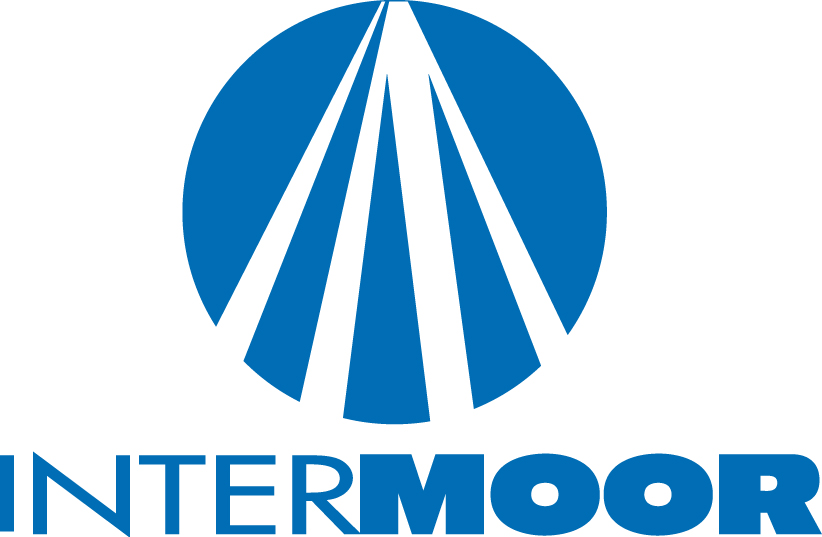 InterMoor UK Operations
InterMoor UK Operations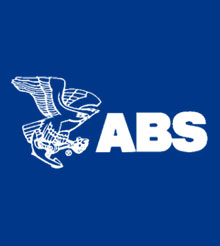 ABS,
ABS, DeepWater Buoyancy Inc
DeepWater Buoyancy Inc NYC-based
NYC-based 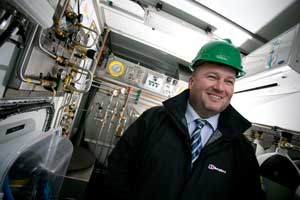 Aberdeen-based subsea IMR provider,
Aberdeen-based subsea IMR provider,  Apache Corporation (NYSE, Nasdaq: APA) has launched its 2014 Sustainability Report website.
Apache Corporation (NYSE, Nasdaq: APA) has launched its 2014 Sustainability Report website.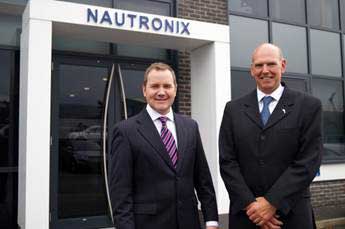 Through water communication and positioning technology company,
Through water communication and positioning technology company, 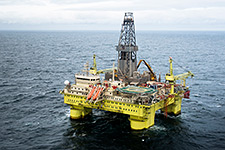 The COSL Pioneer drilling rig.
(Photo: Ole Jørgen Bratland)
The COSL Pioneer drilling rig.
(Photo: Ole Jørgen Bratland)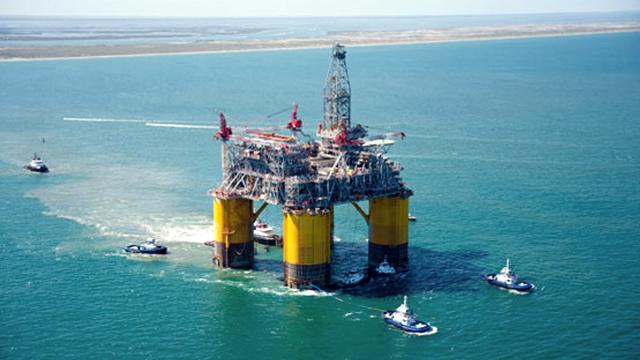
 Production is now underway from the Cardamom development, the second major deep-water facility
Production is now underway from the Cardamom development, the second major deep-water facility 
 The shipping industry is largely based on networking. Surprisingly, it has not had its own social media platform - until now.
The shipping industry is largely based on networking. Surprisingly, it has not had its own social media platform - until now.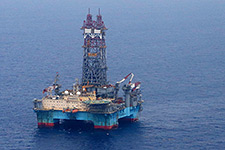 Statoil announces a small discovery in its Martin prospect located in the Gulf of Mexico (GoM). Statoil does not consider this to be a commercial discovery. The well has been drilled efficiently and plug and abandonment operations (P&A) are now ongoing.
Statoil announces a small discovery in its Martin prospect located in the Gulf of Mexico (GoM). Statoil does not consider this to be a commercial discovery. The well has been drilled efficiently and plug and abandonment operations (P&A) are now ongoing.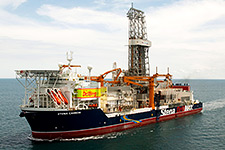 The Stena Carron drillship (photo-right) will soon move to block 38 to spud the exploration well Jacaré-1.The Angolan pre-salt is a frontier play where Statoil will participate in eight commitment wells across five blocks.
The Stena Carron drillship (photo-right) will soon move to block 38 to spud the exploration well Jacaré-1.The Angolan pre-salt is a frontier play where Statoil will participate in eight commitment wells across five blocks. IKM Testing AS from Norway ordered a 1600 meters Thermoplastic Composite Pipe (TCP) from
IKM Testing AS from Norway ordered a 1600 meters Thermoplastic Composite Pipe (TCP) from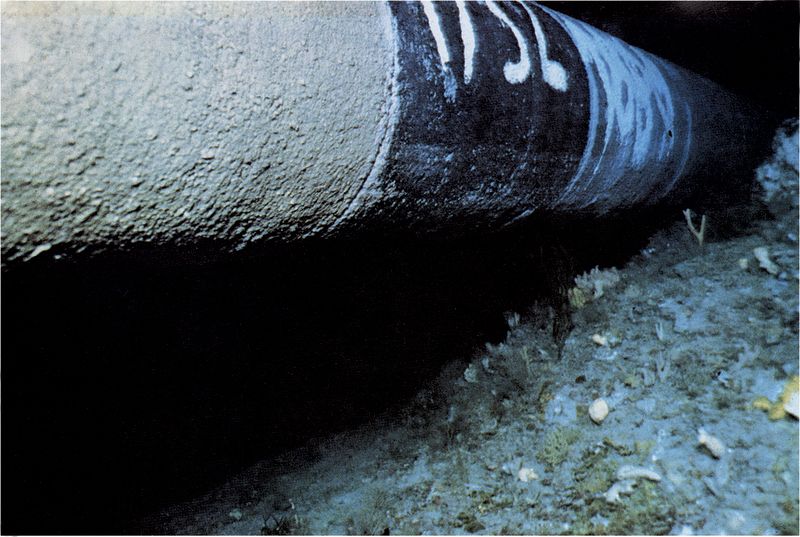 With the oil & gas industry's push into new energy frontiers, the offshore pipeline industry is faced with greater technical challenges relating to pipelines and the expectation that it will optimize solutions to be cost effective.
With the oil & gas industry's push into new energy frontiers, the offshore pipeline industry is faced with greater technical challenges relating to pipelines and the expectation that it will optimize solutions to be cost effective. Noble Energy, Inc.
Noble Energy, Inc.